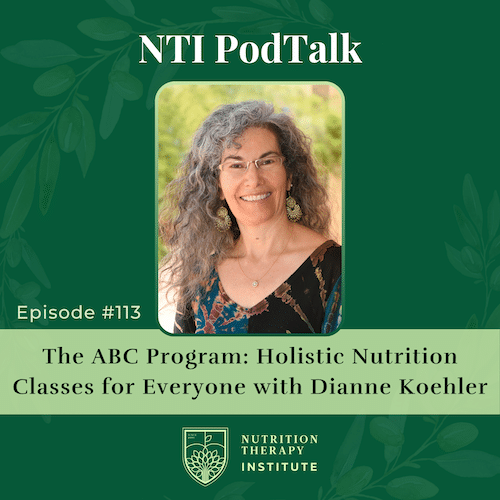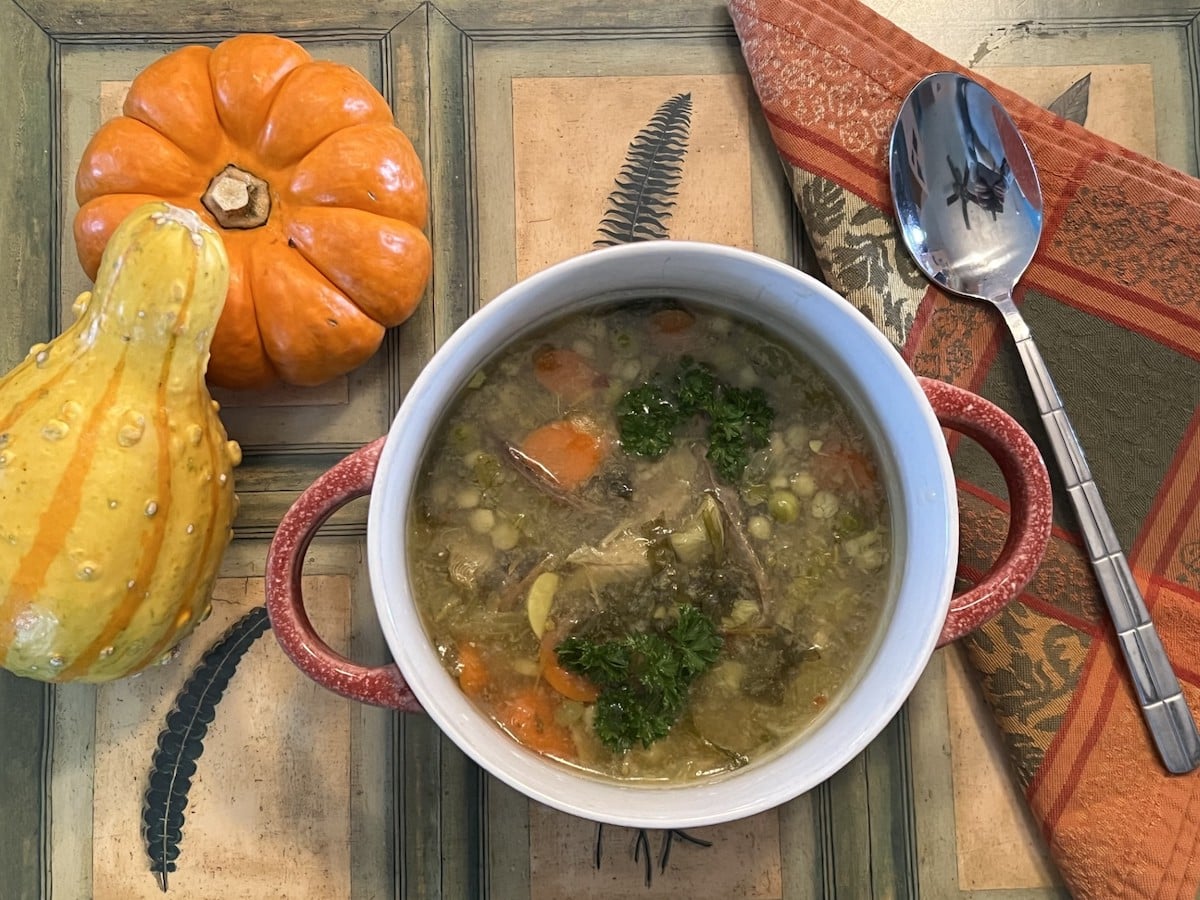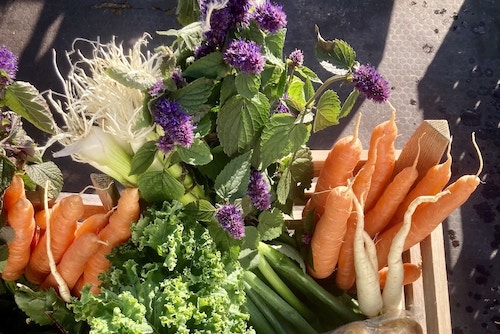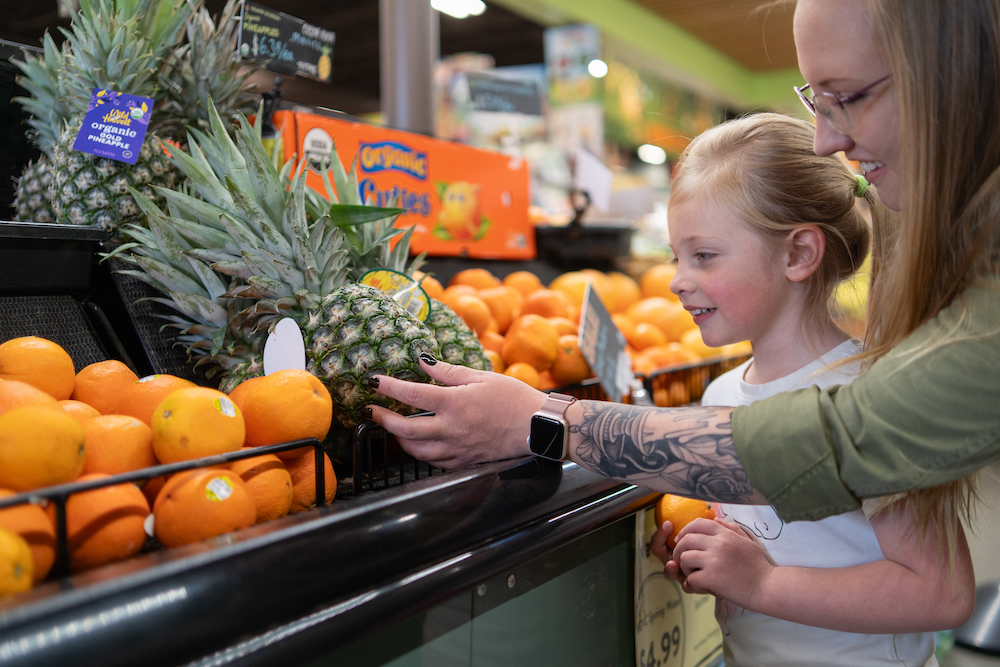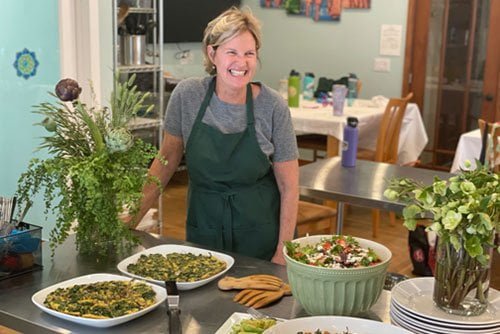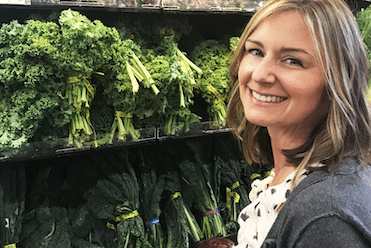
Share this post!
With food prices only continuing to go up, it’s become even more important to understand food labels in order to know if certain classifications are worth any added cost. There is so much confusing wording on food packaging that it can be easy to become overwhelmed. Learning how to read food labels for healthier choices can save you time and money while helping you make informed decisions about where your food comes from and how it was made, grown, or raised.
How to Read Food Labels for Healthier Choices: Organic vs. Non-GMO
All organic food is non-GMO but not all non-GMO is organic. This is a great place to start since there is some overlap but they don’t mean the same thing. If you’re trying to make the best food choices for your health, knowing how to read food labels for healthier choices will help you distinguish between these terms and understand what they really mean.
What Does Non-GMO Really Mean?
Foods that are labeled as non-GMO (genetically modified organisms) mean that they were not grown with genetically modified seeds or were not raised on feed that was genetically modified.
The reason that people care about this is because genetically modifying foods (which is different from cross-breeding within the same species of plant) is relatively newer and may not have been adequately studied to the extent some people would like. There have been concerns that genetically modified foods could increase cancer risk, trigger food allergies or alter genetic makeup.
Additionally, many foods are modified in order to withstand higher levels of pesticides and herbicides. This can mean that GMO plants have more toxic residues.
If you are looking to avoid GMO foods, the good news is that by law, anything labeled organic must also be non-GMO. Plus, there are strict limitations to the types of deterrents used to avoid pests and weeds. Most synthetic substances are not allowed, but many barriers, soap-, animal- or plant-based substances are.
The USDA keeps a current list of allowed substances for organic foods.
Animals raised organically must be raised in a way that allows for their natural behavior and be given only organic feed. They also may not receive any antibiotics or hormones.
Finally, for packaged foods labeled organic, at least 97% of the ingredients must be organic.

Understanding Cage-Free, Free-Range, and Pasture-Raised Labels
Eggs are a big deal these days and not just because they are delicious and healthy. Between rising prices and bird flu epidemics, demand for good quality eggs has been a hot topic. Plus, some states have increased regulations on the raising of chickens, including in NTI’s home state of Colorado.
But what do the labels on those egg cartons mean?
The Difference Between Cage-Free and Free-Range
Cage-free eggs come from chickens that must be given an area to roam both horizontally and vertically, meaning they are offered perches, scratching space and nesting areas. It does not guarantee access to the outdoors.
Free range, on the other hand, is defined as coming from chickens with the same space plus access to outside, but with protections from predators.
The term “pasture-raised” is one that is used to refer to the environment in which poultry and livestock are raised, but unfortunately this is not regulated by the USDA. In the fall of 2024, the USDA did announce that after receiving much feedback, they are considering having a stricter definition of the term in order to reduce confusion.
“Pasture-raised” is, in theory, meant to indicate that the animal spends a majority of its life outside with natural ground covering, as opposed to just access to the outdoors some of the time.
All of these terms, although sometimes confusing, can be important to consumers who value quality of life for the animals. This may be for ethical reasons or because access to sunshine, grass and naturally occurring bugs can increase nutrients in meats and eggs, or both.
Grass-Fed vs. Grass-Finished: What You Need to Know
Traditionally, cows consumed mostly grasses. Their multiple stomachs allow them to convert this grass into protein. Grain-fed cows became prevalent in the 1940s and 50s as a way to quickly fatten up cattle cheaply. And while cows can digest some grains, over time, if grains make up most of their diet, the pH of their stomach shifts to become more acidic and they can no longer break down grasses consumed.
What results is meat with a higher omega-6 to omega-3 fatty acid ratio compared to meat from cows that only ate grasses. Grass-fed beef is also higher in vitamins E and A, lower in fat and contains more antioxidants.
What Does Grass-Finished Beef Mean?
For meat to be labeled, “grass-fed,” it must be raised solely on grass for its entire life.
You may find some beef labeled as “grass-finished,” which means that the cattle may have been raised on grains but foraged grasses only near the end of its life. (Some companies or ranches use the very specific label of “grass-fed, grass-finished” to clarify that the cow only ever ate grass its whole life, but as stated, this is redundant.)
Interestingly, you may even see some meat labeled as “grain-finished,” which obviously means the opposite: the cow was raised eating grass but was fed grains (usually corn) at the end of its life. This is usually done for the desirable marbling found from increased fat.
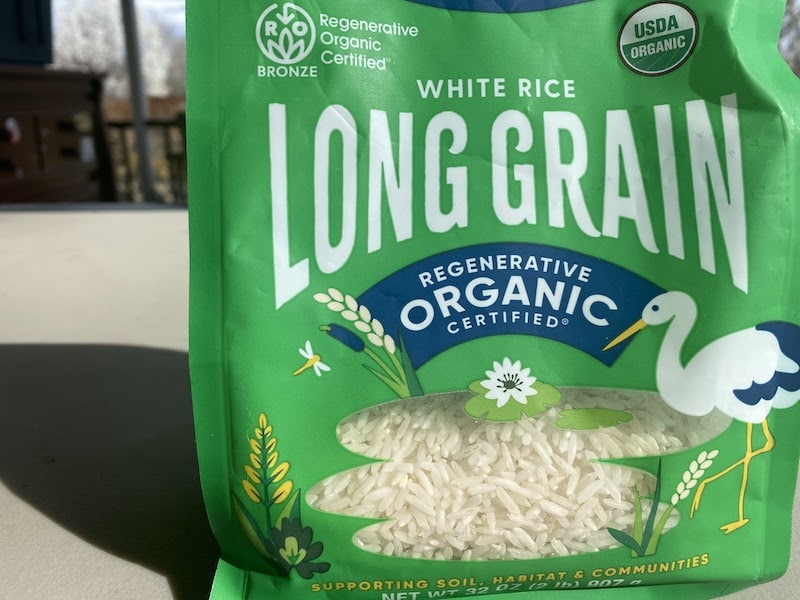
Regenerative Agriculture: The New Kid on the Block in Food Labels
If you haven’t heard of or seen a regenerative food label, you most likely will soon. Consider this your heads up. Since food labels can sometimes be vague or misleading, taking the time to learn how to read food labels for healthier choices will ensure you’re making informed decisions about the quality and sustainability of the foods you buy.
Why Regenerative Agriculture Is Important
Regenerative agriculture practices are meant to increase the long-term health of the soil, produce healthier food, conserve water and improve animal welfare while reducing carbon emissions. They may also improve working conditions.
The problem is that there is no universal standard for the regenerative label and it is not something the USDA regulates or certifies. Instead, third-party programs offer labels like “certified regenerative,” “verified land to market” and “regenerative organic certified.”
These can be confusing but do show the industry’s awareness of the concern by the general public for environmental, social, ethical and healthy options.
For now, these labels may not mean much since some of the certifications do not require specific ways to go about the final outcomes. But with growing interest and understanding, the regenerative labels may lead to better options in the supermarket.
Read Food Labels to Make Informed Choices
Although reading labels while standing in the grocery aisle can feel like a pain, understanding what those labels mean can make a big impact — on your health and on your pocketbook.
If you want to make sure your food was raised ethically, grown sustainably and even contains the most nutrition, sometimes the best way to know is to check the labeling.
Want to know how to cook with grass-fed beef and pasture-raised eggs? Check out these recipes:
Beef Tostadas and Homemade Purple Masa Tortillas
Try a Course – Commitment-Free
Are you curious about NTI’s courses but are not ready to commit just yet? We have options for you! We offer the option to apply as a Single Course Enrollment (SCE) student. This allows you to take your first course as a “taster” course without paying any application fees or going through the full application process. Ready to start? The SCE application only takes a few minutes to complete. There’s no reason to wait, apply, and start today!
About the author: Maya Strausberg earned her Master Nutrition Therapist certification from NTI before starting her nutrition therapy private practice. She now offers writing and editing services for nutritionists and other health practitioners around the world through her business, Family Tree Nutrition.
Photos:
- Photo by Kampus Production on Pexels
- Photo by Maya Strausberg
- Photo by Maya Strausberg
Share this post!



